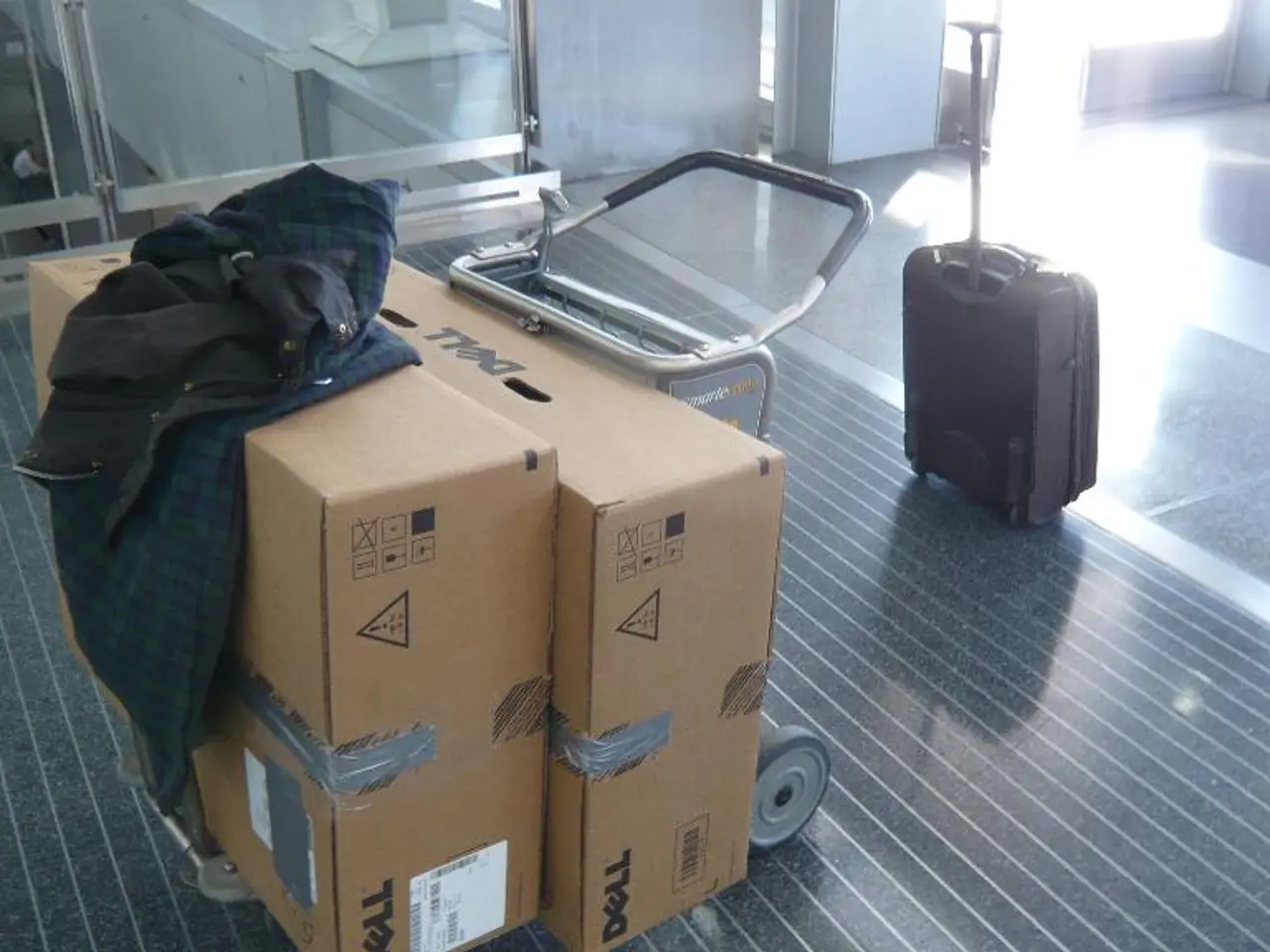Managing Modern Trade Turmoil through Cloud Computing Solutions
In the first half of 2025, the global trade landscape has undergone a series of significant tariff changes, particularly in the United States. These adjustments have had a profound impact on customs brokers and importers, ushering in a new era of complexity and strategic guidance.
### Key Tariff Changes for 2025
The tariff shifts have been particularly noticeable with China and Hong Kong, where a 10% tariff was implemented on all goods from February 4, 2025. De minimis treatment, which previously allowed low-value shipments to clear without duties, has been suspended for these goods, causing all clearance requests under de minimis to be rejected.
In contrast, tariffs initially planned at 25% for Canada and Mexico, and 10% on energy resources from Canada, were paused as of February 3, 2025, amid ongoing negotiations.
Reciprocal tariffs have also been implemented on several other countries, including Switzerland, Taiwan, Thailand, Tunisia, the UK, and Turkey, with rates around 25-36%. These tariffs are linked to ongoing trade disputes and Section 301 investigations.
### Impact on Customs Brokers and Importers
The suspension of de minimis treatment for shipments from China and Hong Kong means customs brokers must now process duties on all shipments, regardless of value. This raises costs and complexity for importers and brokers alike.
Importers face higher tariff burdens, as evidenced by increased consumer prices on textiles, apparel, motor vehicles, and food products—some rising sharply. This leads importers to adjust pricing strategies and supply chains to mitigate tariff impacts.
The heightened tariffs and retaliatory measures across multiple countries prompt importers to consider sourcing changes, supply chain diversification, and reclassification strategies—all requiring detailed customs knowledge and proactive brokerage services.
### The Future of Customs Brokerage
The current tariff volatility has exposed the limitations of legacy systems and manual processes, making cloud-based solutions advantageous due to their ability to adapt quickly to changing tariff conditions. Customs brokers should invest in adaptable technology with robust update mechanisms and intuitive interfaces.
U.S. Customs and Border Protection's systems do not fully validate duty calculations on complex lines, creating heightened audit risks and potential penalties for customs brokers. Advanced platforms incorporate automated validations and guidance features during the filing process.
AI capabilities like Intelligent Document Processing (IDP) can reduce processing time by approximately 65%. Robust validation engines can check for common errors before submission, reducing rejections and penalties.
### Strategic Guidance in a Complex Landscape
Importers are demanding more guidance than ever, asking "what if" questions about potential tariff impacts and seeking strategic advice on supply chain reconfiguration. Many customs brokers are expanding their service offerings to include tariff strategy consulting and supply chain reconfiguration guidance.
The increased complexity of filing entries due to constantly changing rules is a significant challenge for customs brokers. A recent requirement for customs brokers to split beer imports into two lines - one for aluminum content and another for non-aluminum content - while using the same HTS (Harmonized Tariff Schedule) code for both, illustrates the complexity.
Upcoming rules for Russian sanctions will require detailed documentation of seafood origins, including vessel names, flags, and call signs. These requirements underscore the need for customs brokers to stay informed, participate in industry associations, and maintain relationships with customs attorneys.
In conclusion, the future of customs brokerage lies in providing strategic guidance through an increasingly complex regulatory landscape. Don Mabry, Senior Vice President of Global Trade Solutions at Infios, with 25+ years of experience in supply chain management software applications, specializes in helping customers navigate these complexities. His expertise is invaluable in a world where the tariff landscape is characterized by speed and unpredictability, with social media posts sometimes announcing trade policy changes before formal announcements.
- The tariff changes in 2025 have affected the supply chain logistics significantly, as customs brokers now need to process duties on all shipments from China and Hong Kong due to the suspension of de minimis treatment, leading to increased costs and complexity.
- The heightened tariffs and retaliatory measures across multiple countries have prompted importers to reconsider their sourcing locations, supply chain diversification, and reclassification strategies, which require detailed customs knowledge, proactive brokerage services, and adaptable technology solutions.
- In the face of tariff volatility and constantly changing rules, customs brokers need to invest in technology that can adapt quickly to altering tariff conditions, such as cloud-based solutions with updates, robust validation engines, and automated guidance features to minimize audit risks, rejections, and penalties.




